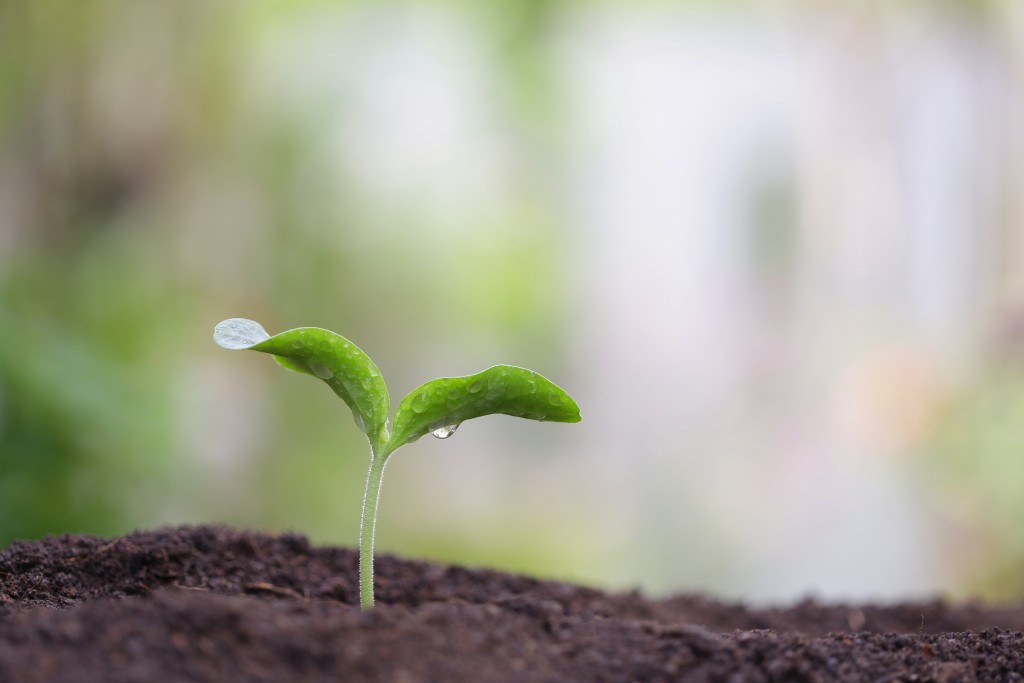Do you want to have a green home and protect the planet? Using solar installation or buying water-efficient fixtures can be out of the question for now, but that doesn’t mean there are no other ways to make your house more sustainable. In this article, we’ll be exploring some of the best free or low-cost ways to create a greener home.
1. Open your curtains
You can save heating costs by letting sunlight in. Open the curtains or blinds during the day and turn down the heat by a few degrees.
2. Use a pressure cooker
Use a pressure cooker to cook meals much faster, saving both time and utility costs.
3. Replace bulbs with LEDs
Light-emitting diodes or LEDs consume 75% percent less energy than incandescent bulbs. They also last much longer, reducing the need for replacement.
4. Make a compost
Making a compost pit in your yard is simple and essentially free. You can throw away your scraps, fruit waste, tea bags, grass cuttings, and other organic material in the compost so that they don’t end up in the landfill and produce methane emissions. After the matter decomposes, you can use the enriched soil to plant seedlings.
5. Invest in a water filter
A pitcher water filter is inexpensive and a great alternative to water filter systems. By using a water filter to make tap water drinkable, you can eliminate the use of plastic water bottles at home.
6. Shorten showers and reduce baths
To conserve water, don’t spend too much time in the shower and turn the water off while you’re lathering. It’s also a good idea to reduce the frequency of baths as much as possible.
7. Use power strips
Use a power strip to turn off and unplug multiple appliances at once. Doing this will help you reduce your energy consumption, as well as eliminate vampire energy or the use of electricity while the devices or appliances are off.
8. Line dry laundry
Hang a clothesline in your backyard to dry your clothes instead of popping them in the dryer every time. If you don’t have much time to spare for line drying your laundry, hang up large garments, such as blankets or curtains, at least.
9. Fix leaks
Fix leaky faucets or running toilets. The constant drip-drip-drip might not seem like much, but it can add up to a significant amount of water–and money–going down the drain.
10. Use a toaster oven
If you’re cooking a small meal, use a toaster oven instead of the regular oven to save energy from pre-heating and cooking.
11. Invest in a bidet
A bidet can save as much as 75% of toilet paper costs. Apart from that, using a bidet to wash is more hygienic and efficient.
12. Wash laundry in cold water
Washing machines consume more energy when you wash with hot water. Use cold water instead to save energy and reduce your emissions at the same time.
13. Grow a garden
 If you have a bit of a green thumb in you, try growing a garden in your backyard for vegetables and herbs. Don’t have space in the garden? That’s okay. You can use planters and place them on the kitchen window or the back porch instead.
If you have a bit of a green thumb in you, try growing a garden in your backyard for vegetables and herbs. Don’t have space in the garden? That’s okay. You can use planters and place them on the kitchen window or the back porch instead.
14. Bring a reusable bag everywhere
Keep a reusable bag in your purse or your car, even if you’re not planning on buying anything. Bring the bag everywhere in case you need to purchase something, and instead of taking it home in a plastic or paper bag, you can use your eco-friendly reusable bag.
15. Choose natural cleaning products
Commercial cleaning products can contain chemicals that are harmful to the environment. Opt for natural cleaning products instead, such as vinegar, baking soda, lemons, or a homemade cleaning solution of your own.
16. Avoid packaged food
Single-use packaging is one of the most significant contributors to plastic pollution. As much as possible, avoid buying packaged food and drinks, shop at farmer’s markets or package-free specialty stores instead.
17. Wash and dry dishes by hand
This is not always feasible, especially for busy people, but forgoing the dishwasher can save a significant amount of energy each time. When you have the time, wash and dry dishes by hand or, at the very least, dry them by hand.
18. Reuse scrap paper
Designate a bin for scrap paper. When your kids need something to draw on, or when you need to make a note, use a piece of scrap paper instead of a fresh one.
These are some of the ways to make your house more sustainable. When you have the budget, invest in more eco-friendly modifications, such as solar panels, a home water filter system, and energy-efficient appliances.
